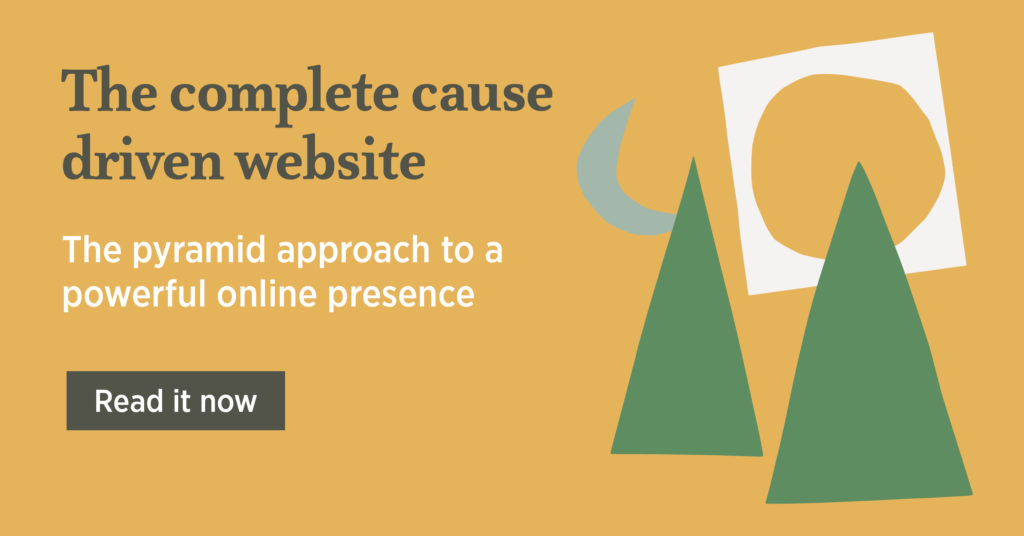Last week our Graphic Designer Deanna attended the Analogue/Digital conference held at the Capri theatre. The conference was promoted as a design event with world-class speakers. The day consisted of three sessions (Analogue Digital Next Generation, AGDA Design session, Art Park Artist) and a keynote speaker.

Read Deanna’s thoughts on a day that was a bit more analogue than digital below…
Last week I attended the Analogue or Digital Adelaide Conference held at the Capri theatre.
The day seemed to be a lot more analogue than digital, with an overload of artists who seemed keen on self-promotion – exhibiting their work was their priority over discussing the ideas behind the work they produce.
This conference definitely aroused the whole art-versus-design debate for me, with many speakers identifying as artists not designers. For me, the only difference between art and design is the process taken to get to the final piece of work. The design process usually begins with a brief and clear message to communicate whereas art often has an opportunity to be more natural and less planned.
The artistic way of thinking is by no means inferior, but it is not what I see as design – design is visual communication that clearly presents an idea through visual imagery.
Despite the presenters admitting to not being great public speakers, I still felt as though many had underprepared. Many presentations consisted purely of a portfolio of work which was talked through in chronological order. Some speakers did not discuss their idea generation process, or what their work represents – leaving this up to the audience to interpret. Again, this is the way that I view art – being able to have my own opinion. To me the interesting aspect of design, and what I would expect from this design conference, is more on process and clearly demonstrating an idea.
That said, the highlight of the day was the AGDA design session with Matthew Remphrey (Parallax), Jonathan Wallace (Alter) and design studio Motherbird. Each of these speakers gave insight into their design process and provided tips for designers starting out.
Matthew gave 10 insightful tips for designers starting out, discussed the design process at his studio and promoted a mindset of “You are a designer, everything you do should reflect this”.
When discussing portfolios, Matthew said to only fill your portfolio with the work that you want to do, with no need to show every thing that you have designed from the beginning of time. Be selective in what you show, as the work you show is the work you’ll get.
Jonathan talked through a client project, outlining the process that the studio undertook to get to the final design. He discussed the importance of being flexible and not having a “house style” of design.
Motherbird also provided a decent amount of insight into being young designers in the established design industry. The team opened their studio in Melbourne straight out of uni, jumping into the deep end. They discussed the importance of understanding business, accounting and the management side of the business – something that is not stressed at university. I appreciated their honesty in discussing ways in which to deal with clients who really hate the ideas that you really love and learning to pick your battles. Their presentation was filled with hilarious animated gifs that often got me distracted from what they were actually saying, but I suppose that’s my problem, not theirs.
Other than this design session, I felt a bit robbed of a design conference. The day played out more like an arts event where everyone knew everyone and the audience was left out. The lack of diversity in the speakers was a disappointing factor – six of the ten speakers presented on their art-based practice and nine of the ten were male. In an industry that prides itself on being eclectic and innovative, Analogue/Digital Adelaide failed to find a balance.
Overall, I felt that the conference was too focused on emerging artists and did not have as much of a focus on client-based work as I would have liked. Don’t get me wrong – I was inspired by the talented people that I heard from throughout the day, but I expected to learn more about each speaker’s process and how that is influenced by the need to accommodate a client’s opinion.
Our free eBook The complete cause driven website describes 28 features of a high performing website. To download this eBook, click the button!
Topics: Events
